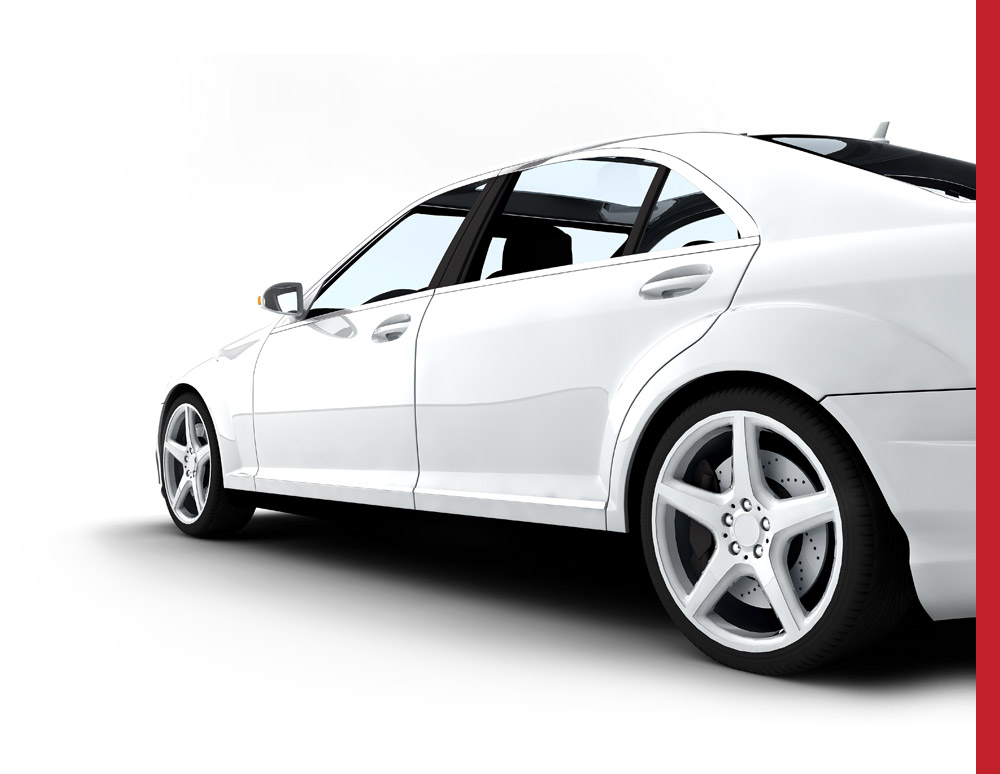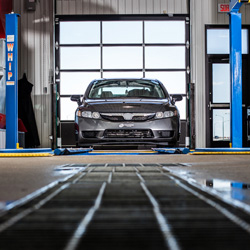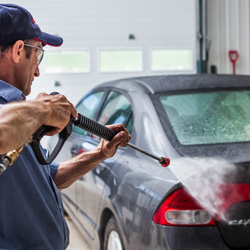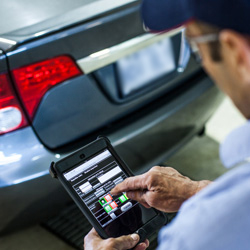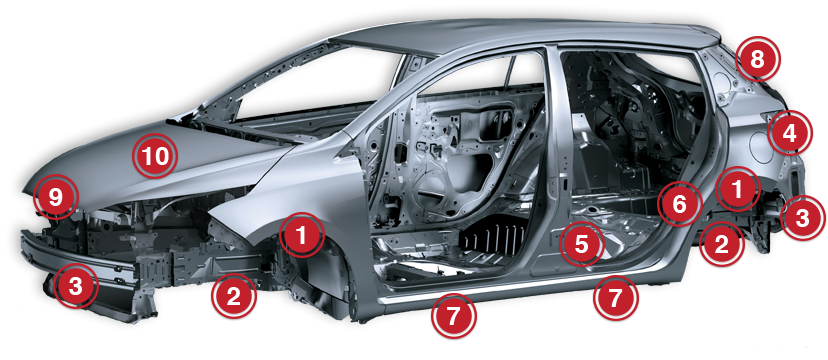How does rust form?
For rust to form, three things are needed: iron contained in metal, water and oxygen from the air. While oxygen is always present, steel does not rust when the air is dry. If steel sheds water quickly, the corrosion doesn’t have time to form, but if metal retains moisture, it rusts. In addition, when steel is subjected to physical stress, such as sudden temperature changes, vibrations, etc., vulnerable areas can form that make iron more likely to rust.
Is rust always visible?
No. It begins as a microscopic form that is not visible to the naked eye. When it appears it is too late to act. Also, don’t forget about all the hidden areas of your car where rust can develop without you knowing: door panels and hood, rear fenders, frame, uprights and rocker panels. For these reasons, it is important to treat your car once a year to prevent rust from forming.
What are the main factors that contribute to rust?
There are elements that can accelerate the development of corrosion:
- Salt and calcium, which increase the conductivity of the water;
- Air pollution and acid rain are very corrosive. As well, our air contains many more gases than it did 50 years ago, like sulfur dioxide and nitrogen oxide. This is why our cars rust more than our grandparents’ vehicles did.
- Sudden temperature changes, especially when cool or cold weather becomes warm and humid. Actually, heat expands metal, which then allows the ambient or projected humidity to embed itself more easily into steel pores. Contrary to popular belief, metal rusts in hot weather, not in winter. However, winter prepares the ground for the forming of vehicle corrosion with snow, mud, salt and calcium, and especially when wheels throw these materials violently at the undercarriages of cars and trucks.
How and where does rust attack a vehicle and why should it be treated with rust proofing every year?
- The assembly of a car or truck promotes the formation of rust. While it’s assembled, the parts of a vehicle suffer no less than 1500 folds and rivet points. This shaping damages the vehicle’s original rust proofing, which leads to the formation of rust. In addition, to offer their vehicles at a lower cost, manufacturers often use cheaper alloys that are lighter, but also more vulnerable to rust. For these reasons, if you have just purchased a new vehicle we recommend that it be treated immediately , even if the manufacturer guarantees it against rust. The corrosion will have no chance to settle, and you will benefit from our warranty against rust.
- A car has many concealed corners...where moisture still manages to settle! For example, this is true of the inside of doors or the hood, where water gets trapped without being able to evaporate. Fortunately, Metropolitan Rust Proofing treats these fragile areas and all others, like the rear fender, the doors and rocker panels.
- During winter, the undercarriages of cars are frequently subjected to harsh attacks from sand, salt and calcium being thrown by the wheels. In addition to being rust accelerants, these materials can even damage the best rust proofing, even yours. Because of the climate we live in, it is important to treat your car once a year.
